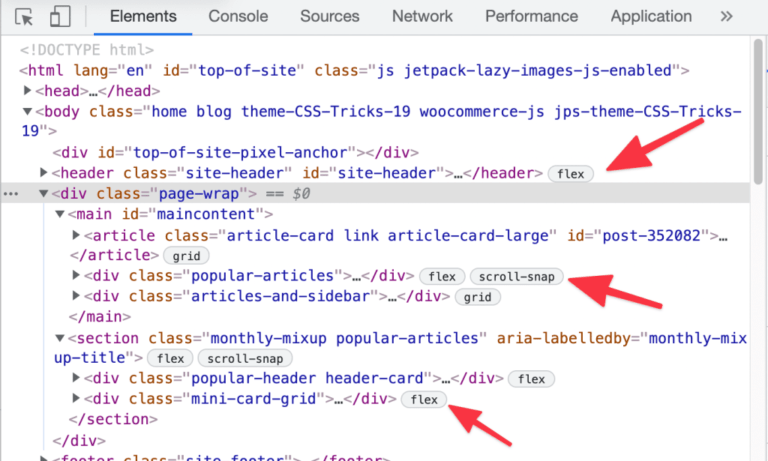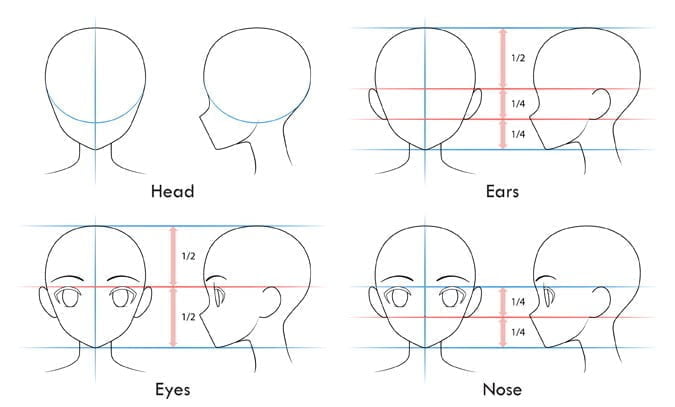
No matter whether you’re already a skilled professional or you’re only starting out in your freelancing career, you’re probably familiar with the many benefits of working as a freelancer.
Aside from allowing you to work at your own pace, many home-based freelance careers can also replace minimum wage jobs by a long mile. According to some freelance statistics, 31% of freelance workers are earning more than $75,000 USD annually.
That being said, it’s not that easy to reap all the benefits right from the get-go. Freelancing is a highly competitive industry, which means you need to do your best to distinguish yourself from others. And creating a unique and memorable online portfolio can go a long way in getting you noticed by potential clients.
Regardless of your profession, there are some general rules you should abide by if you plan to upload a selection of your work online. Here are some tips to create a remarkable freelance portfolio that will stand out from the crowd.
Create Your Portfolio Using a Flexible Website Platform
Table of Contents
When it comes to building an online portfolio, a good presentation of your work is almost as important as the work itself. Therefore, you should strive to create a clean-looking portfolio website that is easy to navigate and capable of emphasizing all your strengths.
You can always hire a professional web designer to do this for you if you aren’t really confident in your website building skills. However, with the help of the right website platform, you can easily build your online portfolio all by yourself.
Personally, we recommend using WordPress for this task. Not only is this popular CMS platform extremely easy to use even if you have no prior coding experience, but there are also so many predesigned freelance WordPress themes you can choose from and adjust completely to fit your vision. These themes usually contain everything you need to build a unique portfolio website that will complement your works – from differently styled portfolio layouts to various interactive elements and effects.
And since WordPress itself is very flexible and allows for plenty of room for customization, it is also possible to add any extra elements and functionalities you deem appropriate alongside your theme. You can change colors, upload your own logo, style your own layouts, and add custom fonts to make your portfolio as unique as possible. If you want, you can even install one of the many available portfolio WordPress plugins to further enhance your work.
Be Selective – Include Your Most Relevant Works
While it is important to signal to potential clients that you’re experienced in your field, filling up your portfolio with every single work you’ve ever done can easily defeat the purpose. The reality is, people who browse your portfolio probably plan to view dozens of other portfolios as well. They won’t have the time to look at every small detail you put up, no matter how valuable you think it is. So, more likely than not, they will check out only a couple of most noticeable pieces before they decide whether they’re interested in hiring you or not.
When setting up your portfolio, our advice is to prioritize quality over quantity and include only the best work you’ve done so far. Make sure to play to your strengths and add a select few, but effective pieces that you’re most proud of. That being said, the newer these works are, the better. Obviously, this also depends on the nature of your work, but in the digital sphere where things are constantly evolving, it’s best not to put up any works that are more than a few years old – of course, unless the project itself is particularly noteworthy. Showing off your best assets is important, but only if they’re relevant, both quality and time-wise.
Introduce Yourself
Striving to dazzle visitors with your skills is practically mandatory when creating your portfolio. But, more often than not, revealing the person behind the talent is actually what can make all the difference. Though it’s totally legitimate to let your works speak for you, we highly recommend adding an “About” page in your portfolio where you can include some information about yourself. By doing this, not only can you win over the trust of your potential clients more easily, but you can also make yourself appear more approachable and distinguish yourself from the rest.
Don’t forget that you are building a professional portfolio with the goal of someone hiring you, so you should definitely mention the most relevant info regarding your past working experiences and career-related accomplishments. But while aiming to present yourself from a professional perspective is totally fine (and even expected), you shouldn’t hesitate to show off a bit of your personality in there as well. People in the creative industry often seek and value unique individuals, so feel free to be yourself and use your own words when telling your story.
With all this being said, you shouldn’t go overboard when talking about yourself either. It’s best to find a balance between being concise, relevant, and informative while still letting your personality shine through.
Also, some visitors can be easily put off by a website with no face behind it, so consider adding a picture of yourself somewhere in your bio while you’re at it. Connecting your creations with an actual person will “humanize” your portfolio and ultimately, it can drive more people to hire you.
Provide Some Context to Your Works
One of the best ways to communicate your creative passion and work ethics to your visitors is to include case studies in your portfolio. After you select the best quality pieces you wish to showcase, start giving some perspective about how you created them. Describe the way you developed your ideas. Display some of your initial drafts and early sketches to demonstrate some progression. Go further in-depth and break down the entire process, step-by-step. If you want, you can even mention your clients’ original requests and goals and explain how you managed to meet them. After all, it is your work that you’re presenting, so you can be as thorough as you like.
No matter how much info you provide, telling the story of how your works came to be will only serve to emphasize all the creative effort you put into making them and allow your professionalism to shine through.
Make it Easy for People to Approach You
If people like what they see in your portfolio, they will most likely want to get in touch with you as soon as possible. Or, at the very least, they’ll be curious to know where else they can find you online so they can keep an eye on you for more of your works in the future. However, if you don’t provide them with any means to do this quickly, they may flee your website forever, taking away the possibility of landing yourself a great business deal.
To prevent this from happening, you must put a call-to-action somewhere it can’t be missed. We recommend creating a separate “Contact” page where people can fill in their own info and send you an email. Also, consider adding your name, email address, and social media links in other highly noticeable areas of your site, like at the very top of your portfolio page, or in the footer.
Speaking of social media, you should integrate links to all social accounts related to your work (such as Instagram, Facebook, Behance, Dribbble, etc.). Many employers prefer this contact method when hiring people, which makes your presence on social networks not only important but practically necessary. Plus, by including social media buttons in your portfolio, you can build stronger connections with your clients and keep them up to date with all your future projects while boosting your online visibility at the same time.
Include Testimonials
While work that you’re presenting can be a solid testament to your skills, adding extra credibility to your portfolio by including actual client recommendations won’t hurt. Even in the digital era, testimonials remain a powerful way of gaining people’s trust, which is why you should consider including them somewhere in your portfolio.
Contact your previous clients and ask them to write a review about their experience doing business with you, or simply check if you can quote them in case you already have their positive message related to your work. Putting up recommendations of people you’ve previously worked with can not only give you a boost of authority and land you more freelance gigs, it can also help you maintain relationships with past clients.
Final Thoughts
Whether you are a graphic designer, illustrator, marketer, or you’re set on building your career in freelance writing, an online portfolio can be a valuable asset for you. While there are many other things you can do to make your portfolio stand out among your competition, the tips we shared above are a good starting step towards grabbing the attention of potential clients. Just remember to be yourself, showcase your best work, and ensure that your portfolio website is easy to navigate and that it looks perfect on all devices. And if you need some additional portfolio inspiration, you can always browse the web and find some stunning portfolio site examples.
We wish you all the best in your future freelance endeavors!
Photo by Anete L?si?a on Unsplash






